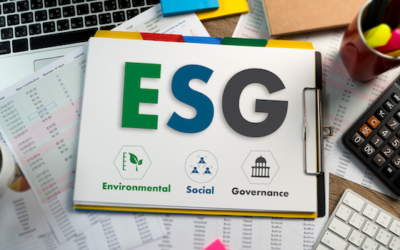Effective credit management in B2B transactions is essential for maintaining healthy cash flow, minimizing risks, and fostering strong client relationships, ultimately aiding companies in overcoming financial challenges and achieving sustainable growth.
What is Business Credit Management: A Complete Guide
In the intricate dance of financial administration, mastering business credit management is essential for optimizing cash flow and safeguarding against bad debts, ultimately securing a path to sustained revenue and growth.
How to Measure Greenhouse Gas Emissions
In the race to curb climate change, accurately monitoring greenhouse gas emissions has become crucial for businesses, governments, and organizations to effectively reduce their carbon footprints and comply with international standards.
ESG Reporting Tips: A Complete Overview Guide
Familiarizing yourself with key ESG reporting standards such as GRI, SASB, and TCFD ensures your reports align with industry norms, meet regulatory requirements, and enhance credibility with global stakeholders.
ESG Reporting Automation Steps: A Detailed Guide For Newbies
For companies new to sustainability, automating ESG reporting is crucial for streamlining data collection, improving accuracy, and ensuring timely information dissemination. By evaluating current processes and choosing the right tools, businesses can enhance efficiency, maintain compliance, and boost their sustainability credentials.
How Automation Can Be Applied to ESG Reporting
Automation in ESG reporting uses technology to streamline data management, enhancing accuracy, efficiency, transparency, and accountability, turning a complex manual process into a strategic advantage.






